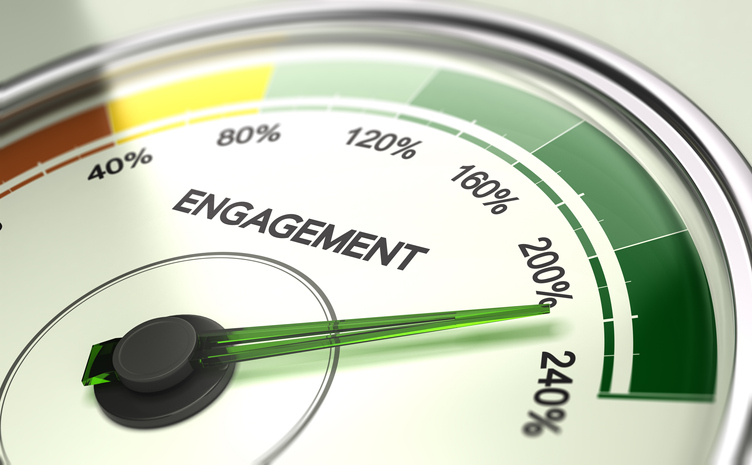When you find yourself in a dangerous situation, your first priority is to keep yourself safe and find ways to meet basic physical needs – for water, food, shelter and treatment of any injuries, for example. If children or others who depend on you are with you, you also need to keep them safe and attend to their basic needs. If the danger is long-lasting, you will also need to find ways to maintain your vigilance, energy and clear thinking until the danger has passed or you have moved to a place of greater safety.
Stay safe and attend to basic needs.
Find reliable information about what has happened and is happening. When someone tells you something, ask where the information came from. Be cautious about acting on information from sources that may not be trustworthy.
Find out
- About ongoing dangers – from violence, fire, flooding, unstable buildings or land mines, for example
- How people can get to a place of greater safety, and where and when it is safe to change location
- Whether anyone you might be able to help needs physical assistance
- Who is available to help you (neighbours, volunteers, aid organisations)
- Where to go or what steps to take to get the help you need
- Where is the nearest and safest place to get drinking water, food, shelter and medical care
- Where it is safe to go and where it is not; what actions or behaviours are unsafe or could make you a target of violence
Attend to your most important needs first and to the most important needs of anyone who is with you and depends on you. That might be for
- Drinking water
- Food
- Shelter and warmth
- Wound care or medical treatment
- Sanitation
- Transportation to a safer place
- Help in steadying and composing someone so they can get to safety
Prioritise the most critical needs and the needs of the most vulnerable people who are with you. Less pressing needs can wait.
Stay alert and vigilant while you remain in danger:
- Pay attention to what is happening around you.
- Stay informed of changing risks and new sources of help.
Control fear and panic.
Fear and panic can exhaust you and muddy your thinking. Use grounding and self-calming techniques to steady yourself when you feel panicky. Try several techniques until you find something that works for you. Understand that when you are in danger and unusually anxious, calming techniques that work for others (and might have worked for you in the past) may not work for you now. You might find that strategies that work to steady you one day don’t work the next. These are normal experiences in exceptional circumstances, not signs that the techniques are failing or that you are doing something wrong. Try again with a different grounding or calming technique until you find one that helps.
Here are some grounding techniques to steady yourself when you feel panicky, dazed or out of touch with your surroundings:
- Put both of your feet on the floor or ground. Stomp them several times, shift weight or wiggle your toes, paying attention to the sensations in your toes, feet and legs.
- Press or rub your palms together, noticing the pressure, warmth or coolness, and sensations of touch.
- Touch or pick up a small item that’s within reach. Notice its texture and weight and whether it is warm or cool.
- Tap your fingers in your lap. Pay attention to sensations in both your fingers and your lap, and to the rhythm you are tapping. Try alternating left and right taps.
- Touch something comforting, such as a soft or smooth fabric on your bedding or an item of clothing.
- Put your hands in water, if available, focusing on what it feels like on different parts of your hands.
- Move your body by stretching, jumping up and down, walking or jogging (even if it’s just a few steps). Pay attention to how your body feels as you move and the sensation as your feet touch the ground.
- Savour the taste of food or drink in your mouth or the scent of a spice, herb or bar of soap.
- Look at an object, and name its colour as precisely as you can (not just red or blue but maroon, crimson, turquoise or royal blue).
- Play a memory game. Remember as many details as you can about a familiar place, or look closely at a photograph, then turn it over and try to recreate it in your mind with as much detail as possible.
- Count backward from 100. Try it by ones, sevens or another number.
Here are some calming techniques to relax yourself when you are feeling tense:
- Breathe deeply and slowly. Place a hand on your belly, and feel it move with your breaths.
- Tense, then relax your muscles, one part of your body at a time, moving from your feet up to your neck and shoulders.
This article offers a long list of techniques – not to suggest you use them all but to give you options and let you find the ones that work for you when you need them.
Take care of your health for energy and a clear mind.
You may not be able to follow a normal routine of healthy meals, exercise and undisturbed sleep, but do the best you can to take care of your health with the resources and space available to you:
- Consider your food options, and do your best to eat a healthy mix of foods on a regular schedule.
- Keep hydrated with the cleanest drinking water available to you.
- Get some physical activity, even if it is limited to walking or jogging in place, stretching or another exercise within the area that is safe for you.
- Get outdoors for some fresh air if you can do so safely.
- Sleep (or nap) when you can. Sleep allows you to concentrate, react quickly to new threats and make sound decisions. If you are with another adult, you might take turns sleeping while the other remains alert.
Talk with someone.
If you can, talk with someone who is able to steady you and give you emotional strength so that you can think clearly about what to do. That might be someone who is with you, or it might be someone you can talk to by phone or video conference. It might be a friend or family member. It might be a professional counsellor or someone working with an aid organisation. Seek out and accept help, for your own sake and the sake of your loved ones.
This article was co-authored and reviewed by Galina Itskovich, Licensed Clinical Social Worker (LCSW)-R, Master of Social Work (MSW), Bachelor’s in Psychology; Ana Beirao, Clinical Psychologist, Member of the Board of Portuguese Psychologists and Clinical Team Lead for Workplace Options; and Eliana Guerreiro, Employee Assistance Programme (EAP) Counsellor, Clinical Psychologist and Case Manager for Workplace Options, and also a Member of the Board of Portuguese Psychologists.
Galina Itskovich has a private practice in Brooklyn, New York; more than 20 years of experience in the fields of mental health and developmental disorders; areas of expertise include trauma, critical incidents/disaster mental health and early childhood/developmental disorders. She is published many times in academic journals; has extensive teaching, presenting and supervisory experience; and is a certified ‘Psychological First Aid’ Trainer.



































